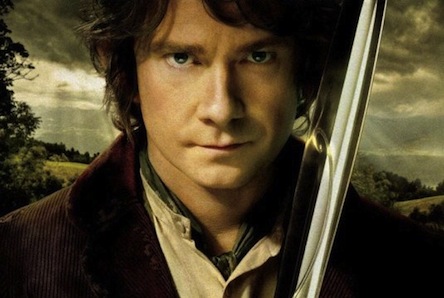 I’ll be the first to admit J.R.R. Tolkien‘s fantasy world doesn’t stimulate me into cinematic ecstasy…
I’ll be the first to admit J.R.R. Tolkien‘s fantasy world doesn’t stimulate me into cinematic ecstasy…
It never has.
The hocus pocus of Middle Earth doesn’t do much for me. I guess I’m not a geek.
So why am I writing about THE HOBBIT: AN UNEXPECTED JOURNEY?
Because I know exceptional and stunning movie making when I see it. And this motion picture delivers on that front—for almost three hours.
Here producer, writer and director Peter Jackson returns to Tolkien’s world with the first of three chapters all taking place prior to his highly successful LORD OF THE RINGS saga – the root of the story fans having been craving Jackson to make.
And does he ever deliver.
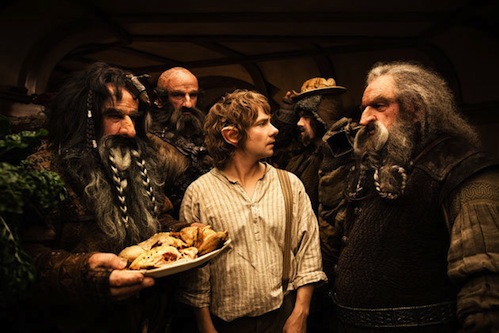 The actual filming of THE HOBBIT took nearly 18 months resulting in a nine-hour long screen spectacle.
The actual filming of THE HOBBIT took nearly 18 months resulting in a nine-hour long screen spectacle.
Of course you’ll have to wait a few years to see all of it since it’s been sliced into a wondrous three parts to be released one episode at a time.
The storyline follows Bilbo Baggins who is swept into an epic quest to reclaim the lost dwarf kingdom. So there’s this wizard Gandalf and 13 dwarves all joining up for a journey through treacherous lands swarming with goblins, orcs, deadly wangs and giant spiders.
Somehow it’s all tied to a gold ring which holds the fate to Middle Earth…or something like that.
But for me it’s the movie’s fantastic next level in digital technology that kept me glued to the screen. It’s called the HIGHER FRAME RATE process and was introduced to the movie community for the first time earlier this year where we witnessed it at CinemaCon in Las Vegas.
But finally, now seeing the end product of HFR (as it’s being called in the biz) is something else.
Motion pictures have been filmed and projected at a speed of 24 frames per second since day one. Now Jackson has doubled that speed to 48 frames per second resulting in stunning, captivating, crystal clear images on the big screen. Making for a mesmerizing movie going experience,
The difference?
It’s like what HD television is to standard broadcast television.
Now here’s where it gets tricky for fans of the new process.
Whereas THE HOBBIT opens on thousands of screens this weekend, it’ll only be projected in the phenomenal new Higher Frame Fate format on a limited number of screens.
I keep hearing that number is to be in the 400 range—a handful of which are in the Kansas City market where Warner Brothers is making it available only on four screens.
So if you really want to experience Peter Jackson’s new HFR process at its fullest, you’ll have to search it out because if your favorite megaplex has the film on say five screens, it may only be showing in HFR one one of them—or none of them.
The participating theaters are identifying those HFR showings with the wording ‘High Frame Rate’ next to those specific showtimes on their websites or in newspaper listings.
That’s not to say that the regular 2-D, 3-D or IMAX showings of the film lack quality.
After all, they too are playing back something that was originally filmed at a much higher speed. And that alone makes for immense picture clarity and quality.
A comparison would be of an older movie from yesteryear filmed in 70 mm from whose negative 35 mm prints were also struck.
Yet actually experiencing it in the 48 frames per second higher frame rate speed on selected screens is down right, you know, Hobbit forming.
That’s why I’m raising 4 out of 5 fingers for THE HOBBIT: AN UNEXPECTED JOURNEY on its technical merits.
JACK GOES TO THE MOVIES: On Radio / On Cable / On Line.


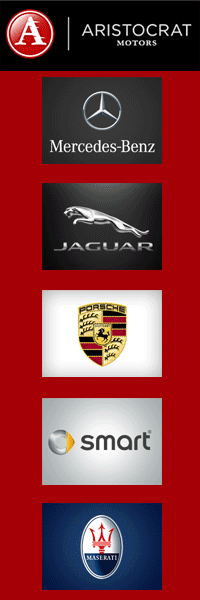
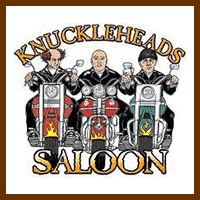

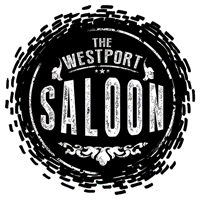


Deadly wangs? Are you sure this is rated PG-13?
Sounds great.
So are these Hobbits doing the fast walk at 48 frames? Sounds like a gimmick to me.
So good it makes you puke, reports of preview watchers getting sick watching the movie.
Sure didn’t make ME feel woozie at the screening. I was amazed at the film’s clarity and sharpness. By comparison I was ready to puke after watching the Wachowski’s “CLOUD ATLAS” a few months ago—especially after realizing that I had given up 164 minutes of my life for that mess.
Time for Tom Hanks to start picking better projects!!!!!